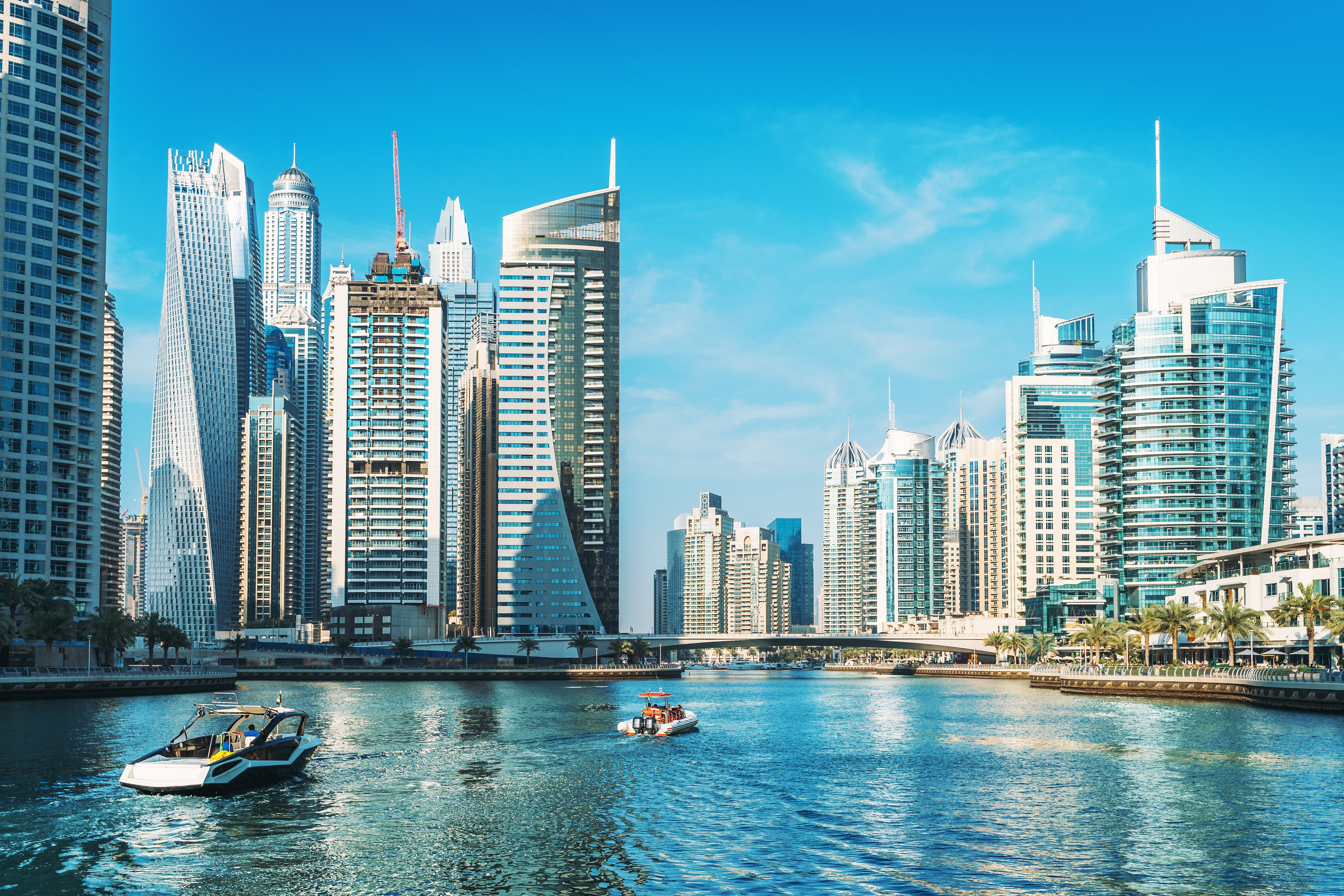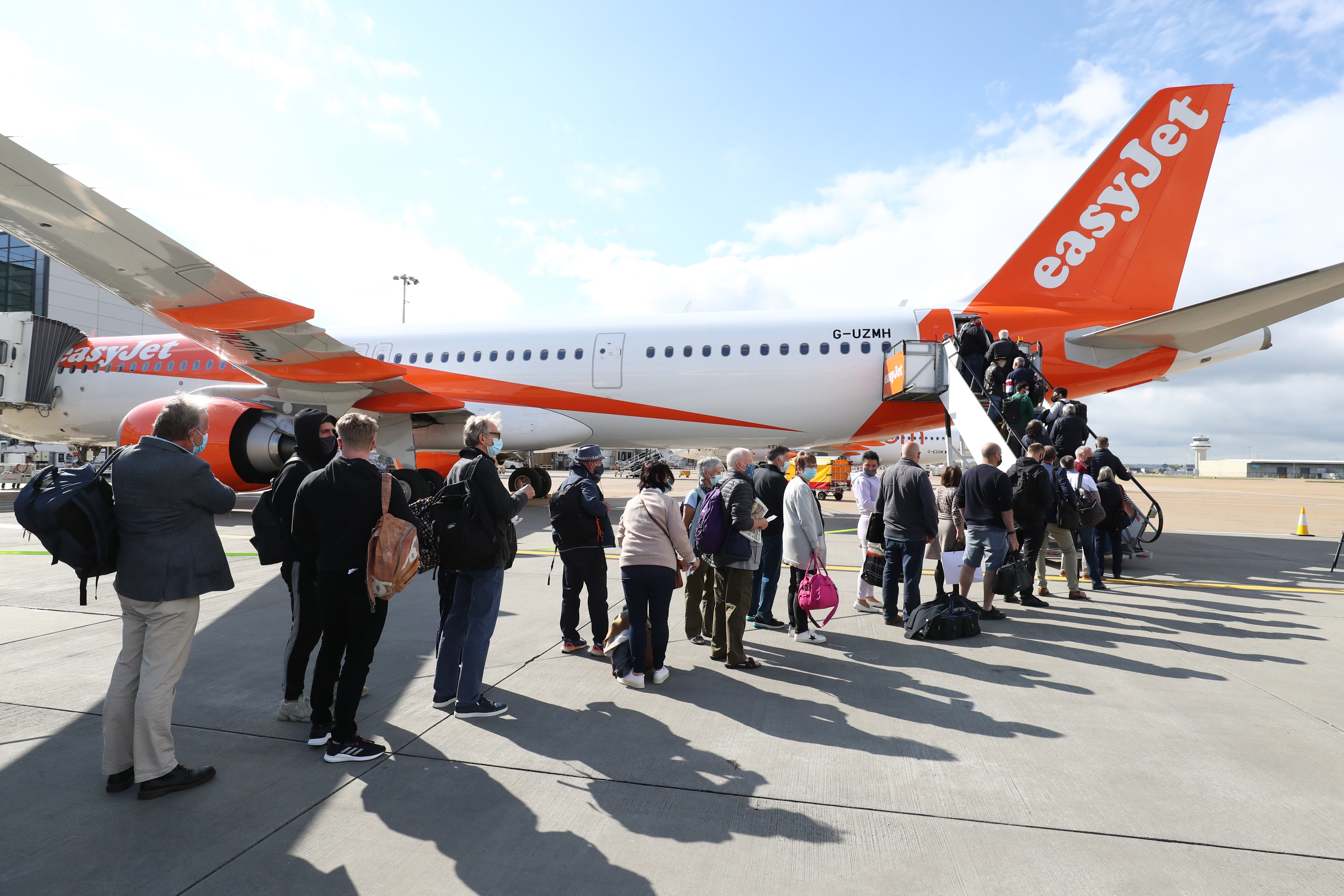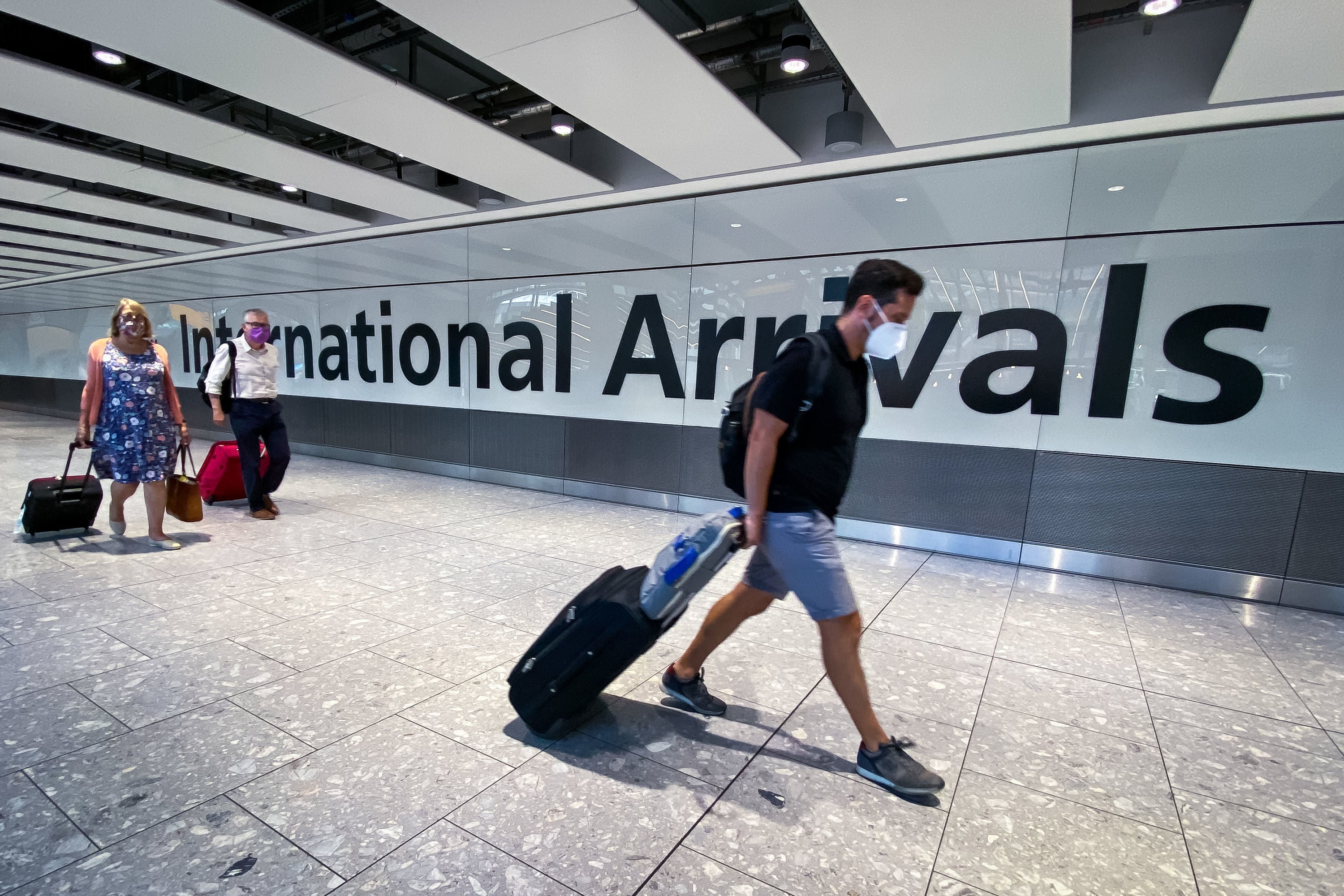Will I be able to travel to Dubai before the end of June?
Simon Calder answers your questions on why the UAE is on the red list, how airlines can sell cheap tickets and whether it’s wise to book a trip to Australia


Q We are currently booked to travel to Dubai at the end of June. However, we note that the UAE has so far remained on the red list due to being a travel hub.
Is it likely that it will become green before the end of June? If this is unlikely then we are looking to change our booking to go to Malta instead on the same dates. This is currently amber – however, I have seen many people are expecting it to go green soon. Is it likely to happen before the end of June?
Darren F
A I think the chances of the UAE switching from the red list to green within the next 40 days look remote indeed. If you study the words of the transport secretary, Grant Shapps, there appears little chance of it even becoming amber before the end of the year.
Mr Shapps said: “We are not restricting UAE because of levels of coronavirus in the UAE. The specific issue in the UAE is one of transit. It’s because they are a major transit hub. That is a specific issue we have with the UAE as opposed to prevalence or some other reason.”
Even though some senior travel figures in the Gulf state are predicting an early move to green status, the hubs at Dubai and Abu Dhabi are only going to get busier as the weeks go by. So it is difficult to see a change to the advice for the UAE any time soon, save for a complete U-turn by the transport secretary.
More broadly, I imagine that a country on the red list would only move to the amber list in a single bound – followed by a few weeks’ wait, minimum, before continuing to green. We haven’t seen any “live action” on the red, amber and green lists yet, so I guess we will find out when the first review takes place in early June.
Malta’s numbers suggest it should have been on the green list from day one, and I imagine it will be one of the first to be added at the first opportunity.

Q This is a bit of a crystal ball one! I’m thinking of booking flights to Australia for next year and I’ve had two doses of vaccine. Would you advise for or against? And would I be able to cancel if Australia still required quarantine on arrival?
“Eig45”
A This isn’t a crystal ball answer, and I hope you don’t find it too blunt. It is hard to think of a more reckless travel purchase than to commit to flights to a country that shows no hurry at all in opening up to British visitors. Let me explain why. The only point in buying flights many months in advance is to lock into low prices and to ensure that you get a seat on an in-demand flight. But with the exception of Christmas and the New Year, I have never seen a time where you can’t grab a perfectly good fare to the key Australian cities on the eve of departure – or even on the day of travel. Usually Cathay Pacific has some great fares, sometimes one of the Gulf-based airlines and occasionally United via the US (which I tend to avoid because of all the extra hassle).
So whenever you decide to go you can be sure of finding a good deal – and right now the airlines are not selling for December next year. Committing to a flight would leave your money tied up with no prospect of a refund (though hopefully a rebook) if the flight goes ahead but you choose not to go because of onerous travel rules. More broadly, the prospect of the Australian government letting us in at any point during the rest of this year looks remote, and some of the comments from ministers in Canberra suggest that mid-2022 might be a target date.
At that point, it would be midwinter in Australia – not a bad time to be in parts of the north, but dismal in Tasmania and other southern points. So practice masterful inactivity for a few more months.

Q Why would airlines offer flights at below cost? I get loss leaders in other industries, but can’t really fathom why an airline would do it routinely – given the price and brand elasticity of the general public?
Matt M
A Bear with me for a moment while I run through some basic maths. The average cost per passenger is simply the cost of operating the flight (let’s say £8,500 for a 90-minute trip) divided by the number of passengers on board (typically 170 on an easyJet, Ryanair or Wizz Air flight in normal times). That gives you a flat £50 per person in direct operating costs – though airlines want to earn more than that to pay for overheads, reward shareholders, etc. But that doesn’t mean everyone pays £50.
The marginal cost might be £20 from a UK airport, comprising £13 in air passenger duty plus £7 in airport charges; and just a few pounds from some foreign airlines. The principle that it is rational for an airline to sell tickets at marginal cost plus £1 has been going at least as long as easyJet: 26 years. (Some people would say actually it’s been going quite a lot longer than that.) It makes economic sense to sell at well below average cost if the seat would otherwise go empty, and the typical flight ends up in equilibrium because there will be some passengers who are paying an awful lot more.
What is harder to fathom is the practice by carriers such as Ryanair and Wizz Air of offering flights at below marginal cost: Ryanair has a £5 one-way promotion today.
An economy-minded passenger will certainly cost the airline hard cash, because as soon as they step on board at a UK airport Ryanair is £8 down on the deal simply in the tax it must pay the chancellor. But Europe’s biggest budget airline (which is also, normally, formidably profitable) knows that most travellers will buy anything from priority boarding to a delicious on-board lasagne. Many will pay more for baggage or seat selection than they did for the actual flight. Since the marginal costs of these elements are very small, the figures change in favour of the carrier.

Q Now that travel is allowed again, I am completely confused by the government’s advice on green list and amber countries. Do you think that all green countries will also be regarded as good to go to by the Foreign Office? And what about amber countries? Do we expect FCDO advice to stay with a warning against “all-but-essential” for amber countries? Government advice doesn’t seem to be clear here. This feels strange, given the last travel updates had corridors where we had a clear link between advice. This just feels disjointed and could leave people unprotected.
Kelly J
A You are not the only one who is confused. On Monday the ban on international leisure travel was lifted, and British travellers can go anywhere they wish – or at least anywhere that will allow them in.
There are tough quarantine rules for people returning from the vast majority of overseas nations: arrivals from amber destinations spend 10 days in self-isolation (though this can be shortened in England to five with an extra test). From 43 red list nations, the rule is 11 nights in hotel quarantine.
The regime when you return is fixated on the risk of importation of coronavirus, and in particular variants of Covid-19. The lists are decided by the Department for Transport (DfT).
But the guidance for going away, decided by the Foreign Office, is another concept entirely. It looks at the overall risk profile for British travellers abroad. There is no legal (or philosophical) reason why the two should align.
You are absolutely right that last year the Foreign Office and DfT were in lockstep, which led to some ludicrous advice, such as warning against travel to very low-risk countries such as the Netherlands because they had a marginally higher number of coronavirus cases than the UK.
Add to this a government that is saying, effectively, “you are now free to travel, but please don’t,” and the position is, indeed, disjointed. It also leads to some odd outcomes and new categories: Israel is “green-red” because from a Covid perspective it is low risk – but the Foreign Office warns against travel because of the overall danger. And some Spanish and Greek islands are “amber-green” because the DfT says they are medium risk but the Foreign Office deems them low risk.
It is a baffling time to be a traveller.
Email your questions to s@hols.tv or tweet @simoncalder
Join our commenting forum
Join thought-provoking conversations, follow other Independent readers and see their replies
Comments